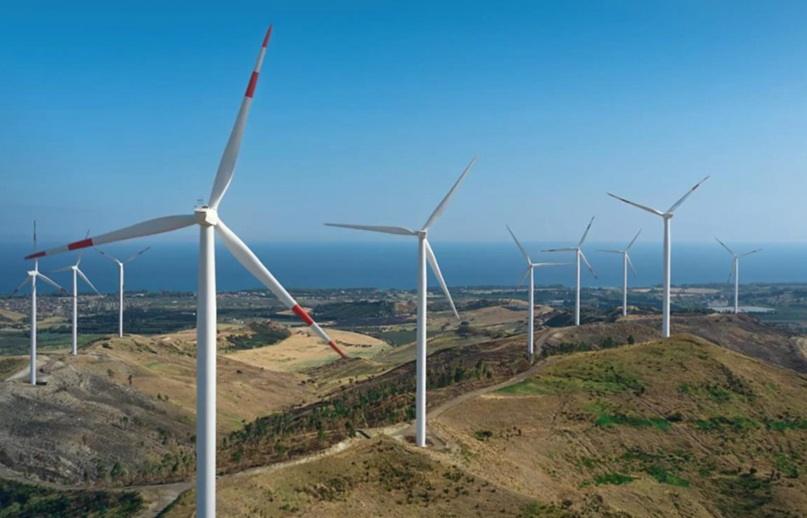Greenhouse Gas (GHG) reporting framework provider GHG Protocol announced the release of consultations on proposed changes to its guidance and accounting methods underlying reporting of emissions from companies’ purchased electricity and electricity sector actions, forming part of the initiative’s efforts to update its suite of corporate standards and guidance.
The new consultations cover the GHG Protocol’s Scope 2 Guidance, updating the initial guidance from 2015, and an update on consequential accounting methods for estimating avoided emissions from electricity-sector actions.
GHG Protocol was established in 1997 by the World Resources Institute (WRI) and the World Business Council for Sustainable Development (WBCSD) to develop comprehensive global standardized frameworks to measure and manage GHG emissions from private and public sector operations, value chains and mitigation actions. GHG Protocol’s standards have been integrated and referenced in major global sustainability reporting frameworks including the IFRS Foundation’s ISSB standards and the European Sustainability Reporting Standards (ESRS) underlying the CSRD regulation.
Scope 2 emissions typically constitute a significant portion of the GHG emissions under a company’s control. According to GHG Protocol, nearly 40% of global greenhouse gas emissions can be traced to energy generation, and half of that energy is used by industrial or commercial entities. Efforts to address Scope 2 emissions usually include initiatives such as energy conservation, efficiency upgrades, and shifting to low-carbon electricity.
The GHG Protocol’s Scope 2 Guidance standardizes how companies measure emissions from purchased or acquired electricity, steam, heat and cooling. According to GHG Protocol, the updates are aimed at improving accuracy, keeping GHG reporting methods consistent and align with how electricity is produced and delivered, as the energy landscape evolves.
Key aspects of the proposed update include new requirements for emissions from energy contracts and instruments, such as renewable energy credits, in GHG inventories, as well as “Scope 2 Quality Criteria” that all contractual instruments must meet in order to be a reliable data source for the scope 2 market-based method, and recommendations for transparently disclosing information about energy purchases.
Among the central features included in the new GHG Protocol proposal is a new hourly matching and deliverability requirement for market-based reporting, aimed at aligning emissions claims more closely with the time and place electricity is consumed, in order to reduce double counting, and to ensure that reported clean energy purchases more accurately reflect the physical realities of the power grid.
Alongside the Scope 2 guidance, GHG Protocol is also conducting a consultation on consequential accounting methods, which estimate the system-wide impacts of actions such as clean energy procurement or investment beyond an organization’s operational boundaries. According to GHG Protocol, maintaining separate reporting for inventory emissions and system-wide impacts would help to preserve the integrity and comparability of corporate inventories, and ensure that reported emissions remain consistent across organizations and over time.
Alexander Bassen, Chair of Greenhouse Gas Protocol’s Independent Standards Board, said:
“A decade after publishing the Scope 2 standard, an update is both timely and necessary. This revision is an opportunity to make improvements based on how the standard has been applied in practice and how power systems have become cleaner, more complex, and more interconnected than ever before.”
The consultations will remain open through December 19. Click here to access the GHG Protocol consultations.

